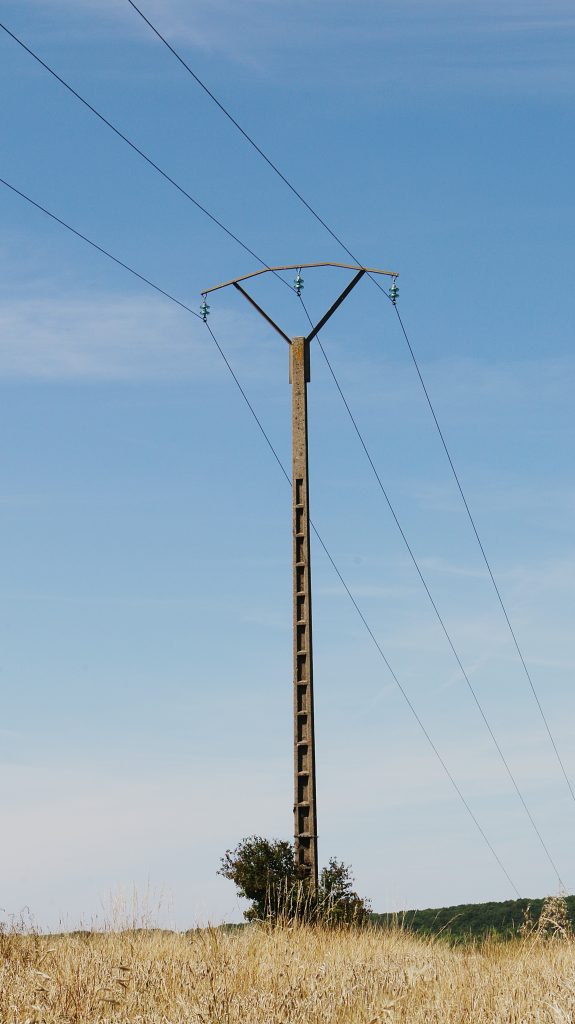 Have you ever noticed that running alongside power lines are other types of cables? They are not easily distinguishable from one another, but communication lines and support lines also run along our electricity source. Looking so similar, it would be hard for an ordinary person to tell to whom each line belonged. One New Orleans man’s inability to determine the owner of such a wire almost prohibited him from filing a lawsuit against a well-known communications company.
Have you ever noticed that running alongside power lines are other types of cables? They are not easily distinguishable from one another, but communication lines and support lines also run along our electricity source. Looking so similar, it would be hard for an ordinary person to tell to whom each line belonged. One New Orleans man’s inability to determine the owner of such a wire almost prohibited him from filing a lawsuit against a well-known communications company.
Donald Morgan was at Canal Street and South Jefferson Davis Parkway intersection in New Orleans when he tripped over a guy wire (anchoring wires) and was injured. Mr. Morgan’s attorney personally inspected the utility pole attached to the guy wire before filing a lawsuit. The pole was marked with the name of a company that was no longer in business. Mr. Morgan’s attorney traced the pole to Entergy New Orleans, Inc. (“Entergy”).
After filing a lawsuit naming Entergy as the defendant, Mr. Morgan sent discovery requests to Entergy requesting the name of the guy wire owner. The requests specifically asked for the names of any person/company with any interest in the guy wire and the names of any person/company responsible for maintaining the wire. In response, Entergy merely attached a joint use agreement for the pole between Entergy and Bellsouth.
 Louisiana Personal Injury Lawyer Blog
Louisiana Personal Injury Lawyer Blog


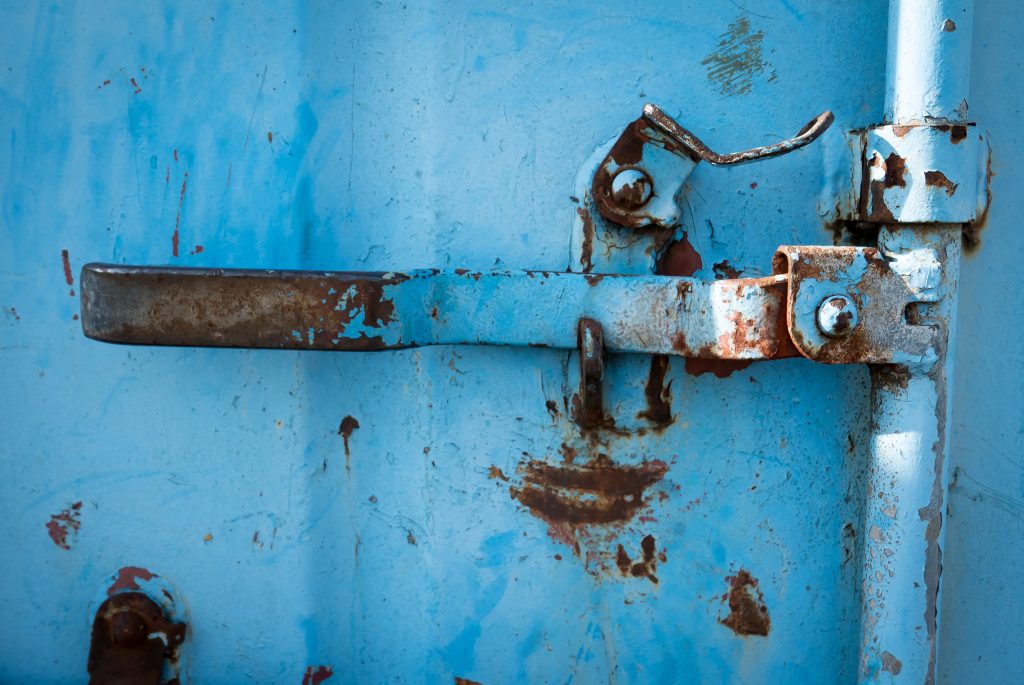 Imagine getting hurt on the job, seeking help from a good attorney, following all the court’s requirements, and still having all your claims denied because your opponent did not appear for a deposition. For Raymond Schultz (“Schultz”), an employee of Blanchard Contractors, this scenario became his reality after the
Imagine getting hurt on the job, seeking help from a good attorney, following all the court’s requirements, and still having all your claims denied because your opponent did not appear for a deposition. For Raymond Schultz (“Schultz”), an employee of Blanchard Contractors, this scenario became his reality after the Sickness often begets a doctor’s visit, and sometimes severe illness calls for a trip to the emergency room. So when parents, David Pitts, Jr. and Kenyetta Gurley, arrived at Hood Memorial Hospital in Amite City, Louisiana, with their daughter, Lyric, it’s likely neither expected to leave there without their daughter’s health restored.
Sickness often begets a doctor’s visit, and sometimes severe illness calls for a trip to the emergency room. So when parents, David Pitts, Jr. and Kenyetta Gurley, arrived at Hood Memorial Hospital in Amite City, Louisiana, with their daughter, Lyric, it’s likely neither expected to leave there without their daughter’s health restored.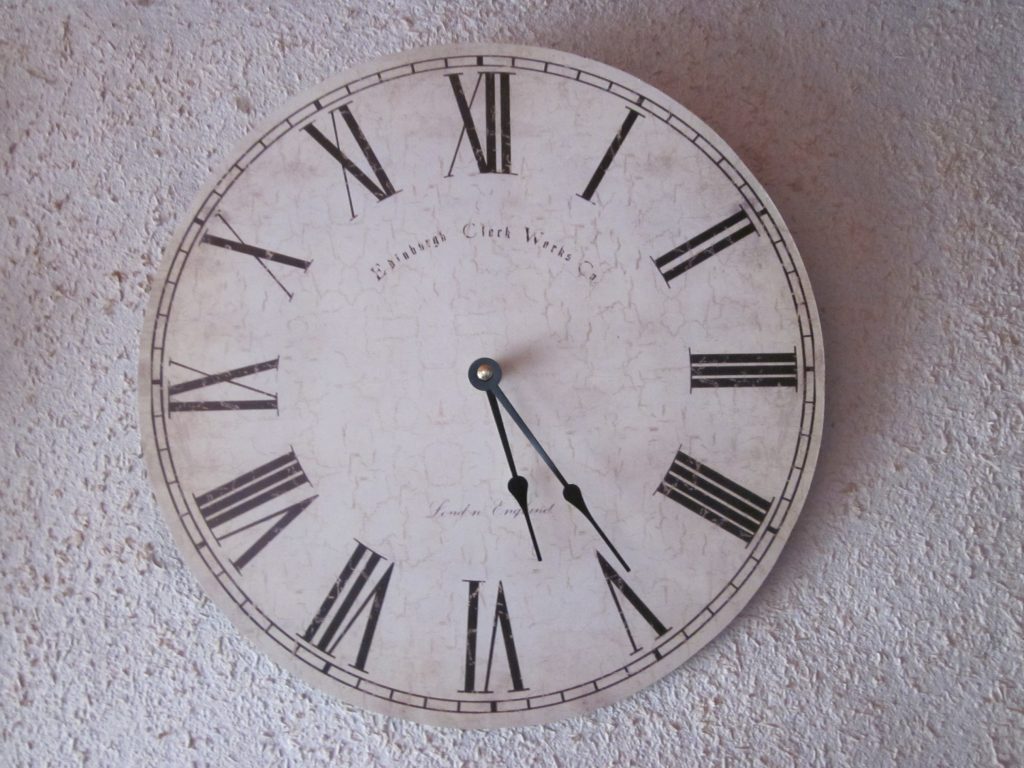 Timing is always important; however, in legal matters, it determines whether you can even bring a lawsuit to the courts. In most states, the time frame to bring lawsuits is called the statute of limitations, and in Louisiana, it is called prescription. Generally, you have one year to file a lawsuit. However, that time period can change depending on several factors. The intricacies of prescription recently resulted in dismissing a case out of the Florida Parishes.
Timing is always important; however, in legal matters, it determines whether you can even bring a lawsuit to the courts. In most states, the time frame to bring lawsuits is called the statute of limitations, and in Louisiana, it is called prescription. Generally, you have one year to file a lawsuit. However, that time period can change depending on several factors. The intricacies of prescription recently resulted in dismissing a case out of the Florida Parishes.  Imagine you were just in an accident, and you pulled over on the shoulder of the interstate highway. Traffic is roaring in your ears, the wind is whipping past your face, and you can feel the congested car flows as your tires buzz. Luckily, you are not injured. As you are waiting for the police to arrive, another collision happens right beside you two. Brakes are being slammed, and horns are being blown, but the chain reaction is just unstoppable. A third car darts into the road shoulder, toppling the vehicle behind you and slamming it in your direction. You are hit again.
Imagine you were just in an accident, and you pulled over on the shoulder of the interstate highway. Traffic is roaring in your ears, the wind is whipping past your face, and you can feel the congested car flows as your tires buzz. Luckily, you are not injured. As you are waiting for the police to arrive, another collision happens right beside you two. Brakes are being slammed, and horns are being blown, but the chain reaction is just unstoppable. A third car darts into the road shoulder, toppling the vehicle behind you and slamming it in your direction. You are hit again.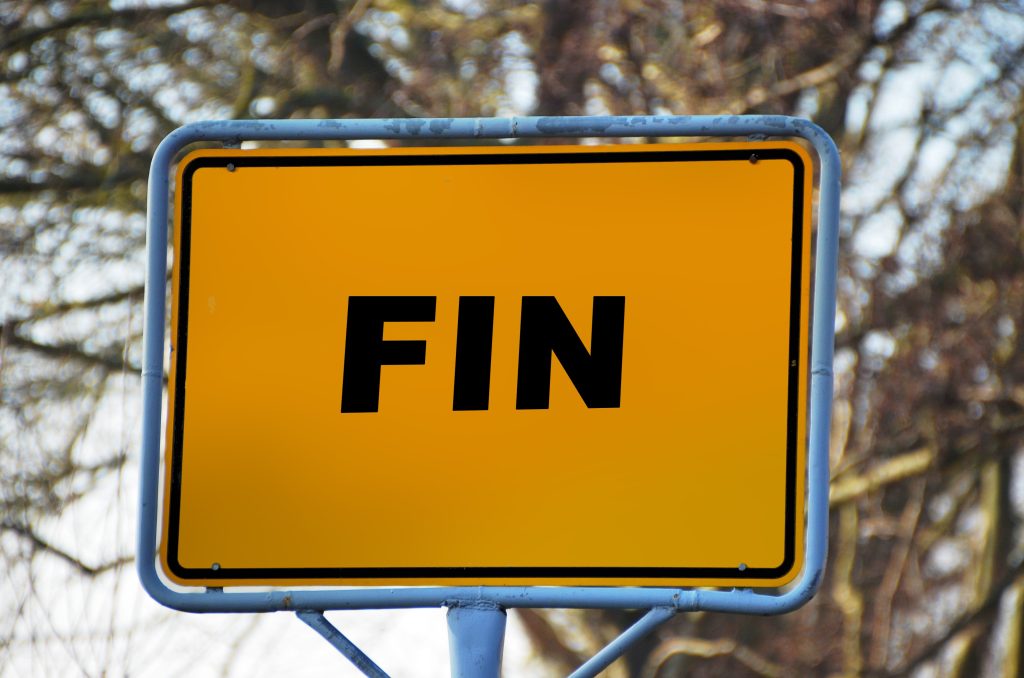 Decretal language, what on earth is it, and why is it so important? The Louisiana Third Circuit Court of Appeal recently dismissed an appeal because the trial court’s judgment lacked proper decretal language. So what are these “magic words”? Why are they indispensable for a final judgment to be given legal effect?
Decretal language, what on earth is it, and why is it so important? The Louisiana Third Circuit Court of Appeal recently dismissed an appeal because the trial court’s judgment lacked proper decretal language. So what are these “magic words”? Why are they indispensable for a final judgment to be given legal effect?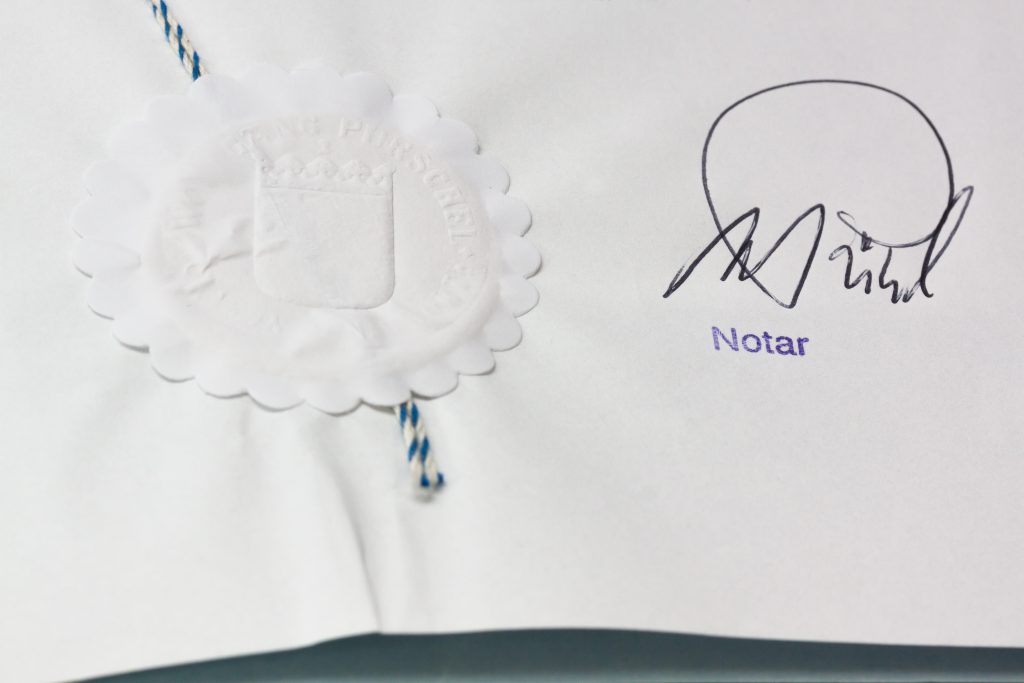 It is a sadly familiar scenario: a family suffers a loss and soon after devolves to fighting over the will. The family may never imagine turning against one another, yet it happens over and over. The Youngblood family from Caddo Parish recently found themselves in such a fight.
It is a sadly familiar scenario: a family suffers a loss and soon after devolves to fighting over the will. The family may never imagine turning against one another, yet it happens over and over. The Youngblood family from Caddo Parish recently found themselves in such a fight.  Imagine an injury on a ladder, lawnmower, boat, or other manufactured product. The product might appear defective; however, is defectiveness sufficient to win a lawsuit against the manufacturer? Under Louisiana law, to prevail in a lawsuit alleging medical injuries from a defective product, a plaintiff must provide adequate medical evidence to support that the injuries likely resulted from the defective product. This is referred to as “medical causation.” Without establishing medical causation, you may not be able to recover for your injuries.
Imagine an injury on a ladder, lawnmower, boat, or other manufactured product. The product might appear defective; however, is defectiveness sufficient to win a lawsuit against the manufacturer? Under Louisiana law, to prevail in a lawsuit alleging medical injuries from a defective product, a plaintiff must provide adequate medical evidence to support that the injuries likely resulted from the defective product. This is referred to as “medical causation.” Without establishing medical causation, you may not be able to recover for your injuries. 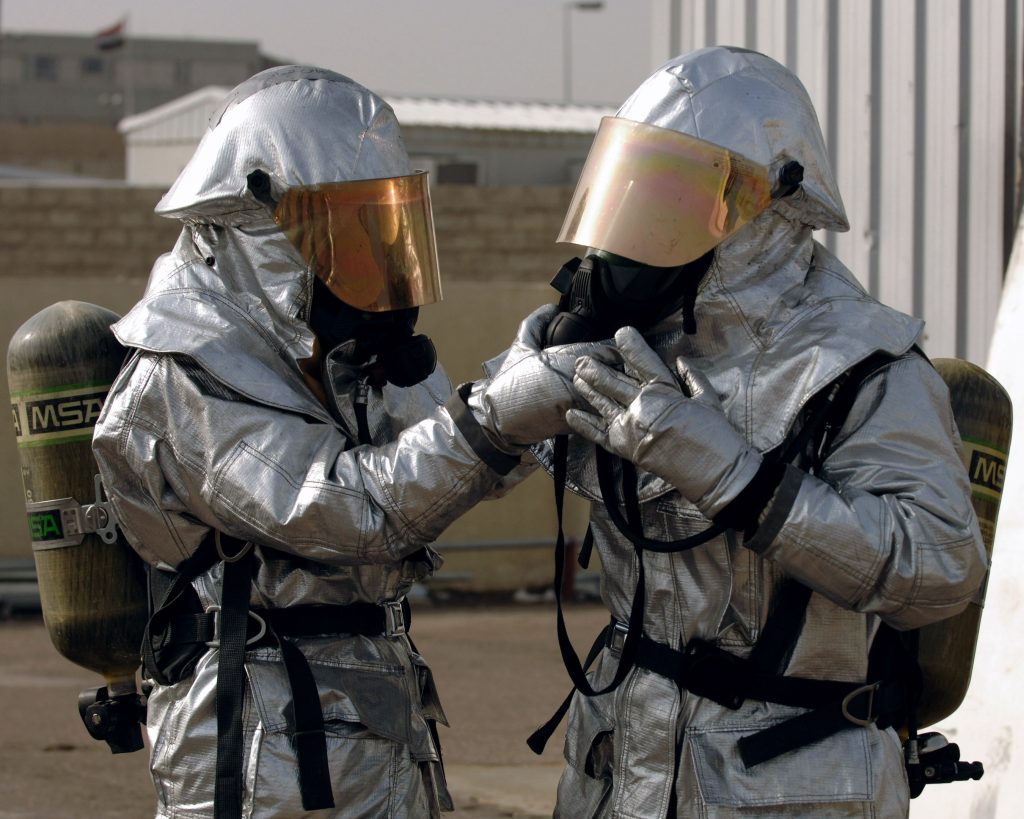 The difficulty of losing a loved one is compounded when death results from a faulty product. Further anguish occurs when a lawsuit against the defective product manufacturer is dismissed, barring recovery. It is essential to be aware that there are many deadlines and requirements to comply with to avoid the dismissal of a lawsuit. This is the situation in which the Lemieux family found themselves following their loved one’s death.
The difficulty of losing a loved one is compounded when death results from a faulty product. Further anguish occurs when a lawsuit against the defective product manufacturer is dismissed, barring recovery. It is essential to be aware that there are many deadlines and requirements to comply with to avoid the dismissal of a lawsuit. This is the situation in which the Lemieux family found themselves following their loved one’s death. 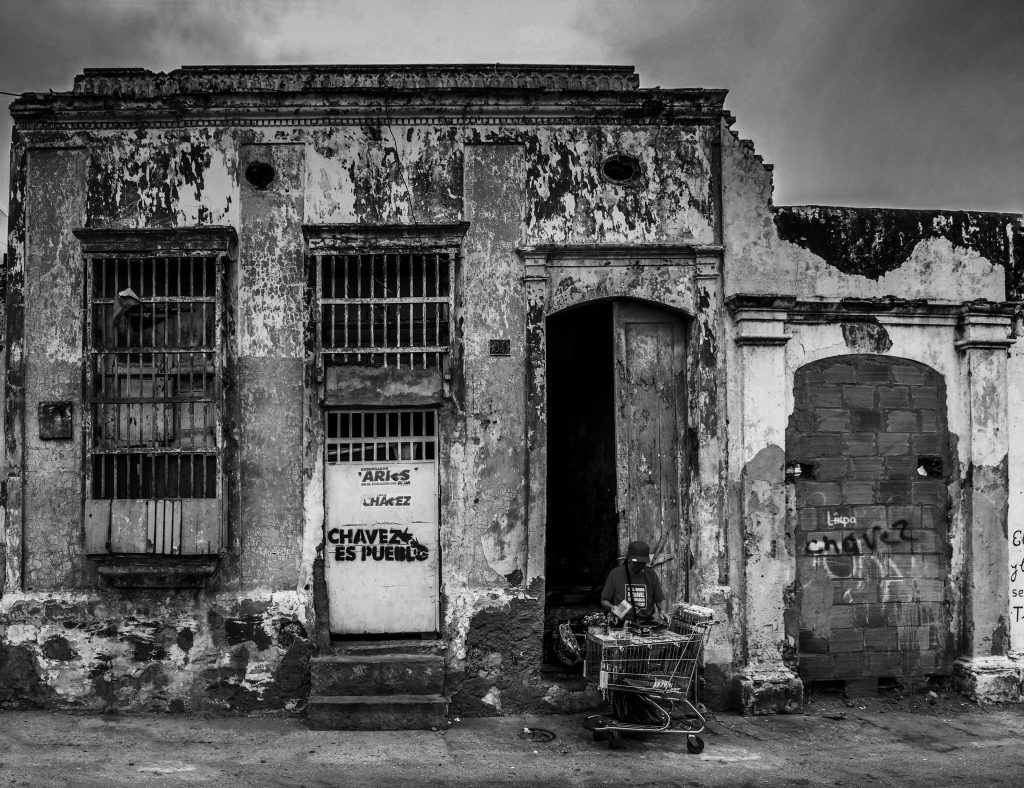 What would you do if you were heir to property and found out the City had issued a demolition order for that property? A recent case decided in New Orleans discusses that question. The City of New Orleans, Louisiana, brought administrative proceedings against property owners whose property was allegedly blighted. However, the situation became more complicated because the property owners were deceased.
What would you do if you were heir to property and found out the City had issued a demolition order for that property? A recent case decided in New Orleans discusses that question. The City of New Orleans, Louisiana, brought administrative proceedings against property owners whose property was allegedly blighted. However, the situation became more complicated because the property owners were deceased.